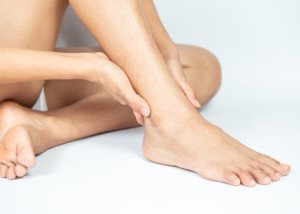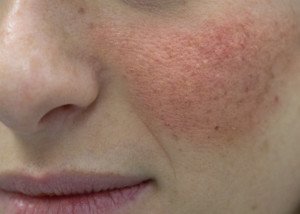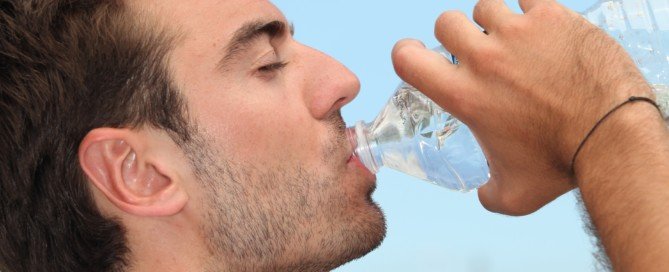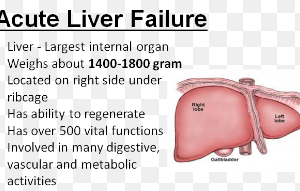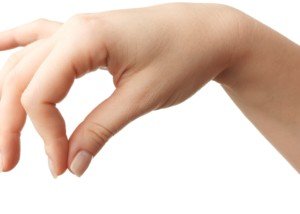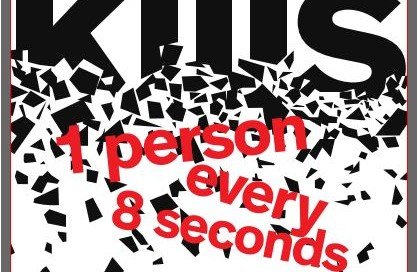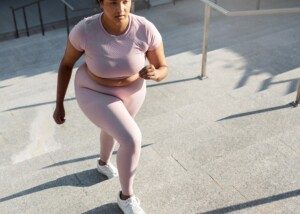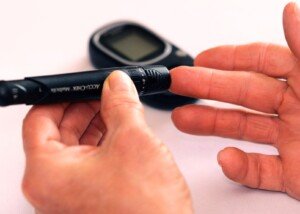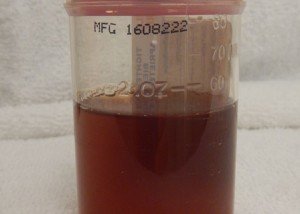Heavy Feeling in the Chest plus Coughing: Likely Causes

Usually, coughing is not a symptom of a heart attack, though a heavy or pressure-like feeling in the chest is a classic symptom of a heart attack about to happen, or one already in progress. (more…)
Clavicle Popping in and out Near Sternum: Causes?

Depending on your level of health anxiety, you might think that your popping clavicle is due to cancer or a neurological disease.
And in fact, if your clavicle pops in and out, you will notice that this occurs with certain movements of your upper body.
“The clavicle can pop out of joint with certain upper body movements,” says Arielle Levitan, MD, board certified in internal medicine and co-founder of Vous Vitamin LLC and co-author of “The Vitamin Solution: Two Doctors Clear the Confusion About Vitamins and Your Health.”
“This is typically because the joint is lax,” says Dr. Levitan. “It can, however, be painful and sore to touch. If you have lax or ligaments you are more likely to have this happen.”
Certainly, for peace of mind as far as the cause, you can schedule a visit with your general practitioner or a sports medicine physician.
Your doctor can recommend exercises and also which movements to try to avoid to limit the popping in and out of your clavicle.
But rest assured, you do not have to worry about cancer or a neurological disease as the cause of this annoying condition.
Your health care professional can advise on particular exercises to engage in, and also which movements to do on a daily basis, to try to avoid or reduce the frequency of the popping in and out of your collarbone.
After all, this situation can also cause soreness or aching.
It is important to get plenty of calcium and to do strength training exercises for strong bones, especially as you get older.
A great shoulder exercise is that of pressing a heavy ball overhead for repetitions, bringing it down to chest level before pressing it back up again — while standing.
The clavicle will be strengthened with weight bearing exercises such as the one just described.
A regimen of strength training, however, will not cause a clavicle to pop in and out.
 Dr. Levitan is board certified in internal medicine and has a special interest in women’s health and preventive medicine.
Dr. Levitan is board certified in internal medicine and has a special interest in women’s health and preventive medicine.
 Lorra Garrick has been covering medical, fitness and cybersecurity topics for many years, having written thousands of articles for print magazines and websites, including as a ghostwriter. She’s also a former ACE-certified personal trainer.
Lorra Garrick has been covering medical, fitness and cybersecurity topics for many years, having written thousands of articles for print magazines and websites, including as a ghostwriter. She’s also a former ACE-certified personal trainer.
Cause of Catching a Cold Every Two Months
There are many causes of catching a cold every few months, and some are easily fixed, while others require aggressive medical intervention (more…)
Actinic Keratosis Mimicking Seborrheic Dermatitis

If a dermatologist tells you the rough red or pink patches on your face are seborrheic dermatitis, beware:
They may be actinic keratosis mimicking the more benign condition. (more…)
Drinking a Lot of Water but Barely Peeing: Causes, Solutions
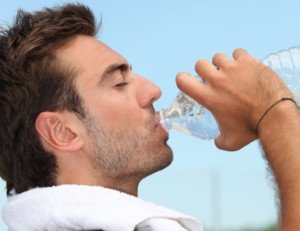
Some causes of not peeing despite drinking plenty of water are life-threatening, while others are quite harmless.
When urine output is abnormally low, this is called oliguria.
Benign Causes of Infrequent Urination
“A person who is behind in their fluids (dehydrated) can drink a lot of water but not urinate much,” says Arielle Levitan, MD, board certified in internal medicine and co-founder of Vous Vitamin LLC and co-author of “The Vitamin Solution: Two Doctors Clear the Confusion About Vitamins and Your Health.”
Ask yourself the following questions:
• Have you been working out intensely and not replenishing your lost fluids?
• Have you been working many hours in a hot environment?
• Have you been experiencing a lot of menopausal or postmenopausal hot flashes?
Any of the above situations could dehydrate the body, requiring more water intake than usual. You can be dehydrated and not be all that thirsty.
Serious Causes of Infrequent Peeing
Dr. Levitan says, “Another cause for this could be retaining water — due to congestive heart failure, liver disease or having lots of sodium intake.”
Congestive heart failure is when the heart does not pump adequately.
Either the pumping action is weak, or the amount of blood that fills the heart prior to each pump is insufficient.
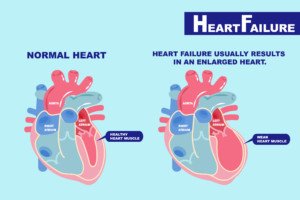
Heart failure. Shutterstock/EstherQueen999
Either way, the body is not getting optimal amounts of blood with each heartbeat.
Things begin backing up, causing fluid retention – most commonly seen in the lower extremities as a puffy or swollen appearance.
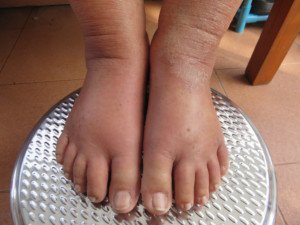
Edema. Shutterstock/AppleDK
If congestive heart failure is not being treated, the result may be oliguria.
The treatment includes taking diuretics (“water pills”) every day to encourage urination.
Liver disease has many potential causes including chronic heart failure. In heart failure, the liver receives a reduced supply of blood.
Over time this will damage the liver in that it will perform suboptimally.
Chronic kidney disease or renal insufficiency is another fallout of chronic heart failure.
If the kidneys aren’t working properly, you may not pee as much as you should even if you’re drinking a lot of water.
Acute kidney failure will definitely result in oliguria.
Acute kidney injury can be caused by acute heart failure, acute liver failure, an adverse drug reaction, poisoning or a urinary tract obstruction, to name a few.
However, severe kidney distress will be accompanied by other symptoms.
Filling up on water is not a treatment for any of these conditions.
If you cannot explain away your “I hardly pee” situation with any of the benign causes listed above (which include a high sodium intake), then you need to see your doctor.
This is especially true if even after increasing your water intake more, you are still seemingly barely urinating.
 Dr. Levitan is board certified in internal medicine and has a special interest in women’s health and preventive medicine.
Dr. Levitan is board certified in internal medicine and has a special interest in women’s health and preventive medicine.
 Lorra Garrick has been covering medical, fitness and cybersecurity topics for many years, having written thousands of articles for print magazines and websites, including as a ghostwriter. She’s also a former ACE-certified personal trainer.
Lorra Garrick has been covering medical, fitness and cybersecurity topics for many years, having written thousands of articles for print magazines and websites, including as a ghostwriter. She’s also a former ACE-certified personal trainer.
Top image: Shutterstock/Phovoir
Can a Banged Elbow Cause a Twitching Index Finger?

It would be reassuring to hope that the sudden twitching in your index finger was caused by a recent bang to your elbow, since ALS can cause twitching in various parts of the body. (more…)
Should You Go to ER if Your Blood Sugar Is in the 300’s?
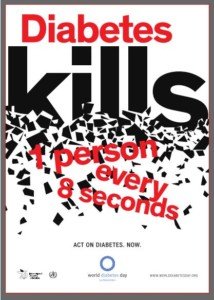
A blood sugar in the 300’s is dangerously high, and all diabetics need to recognize when it’s time to rush to the emergency room when their glucose levels soar into an unacceptable range. (more…)
Drink Tons of Water but Urine Is Still Dark Yellow?

Are you drinking a lot of water—tons, at least eight glasses a day—and still keep producing dark yellow or bright yellow urine?
Or is the urine sometimes a strong yellow-orange color?
There are several factors that can influence the varying shades of yellow in one’s excrement.
Can Cancer Cause a Chemical Smell in Urine?

If you suddenly notice a chemical or strong smell from your urine, this can be unnerving, especially if you already know that some cancers have an odor that dogs can sniff out. (more…)
Do You Have Bladder Pressure But UTI Test Is Negative?

The feeling of bladder pressure but you’re not voiding any urine prompts a trip to the doctor, but your UTI test comes back negative.
You were kind of hoping it was a urinary tract infection since that can easily be cured with antibiotics.
So if an infection isn’t causing bladder pressure, then what might be?
“There are many reasons why a patient may have symptoms similar to a UTI [like bladder pressure] with a negative urine analysis,” says Dana Rice, MD, a board certified urologist and creator of the UTI Tracker mobile app, which helps patients catalogue daily urinary tract symptoms, medication and behavioral patterns, and offers personalized tips for UTI prevention.
For some people, it’s very puzzling that a test for a urinary tract infection would come back negative in the face of uncomfortable bladder pressure for no apparent reason.
Dr. Rice explains, “Urine cultures are a more accurate assessment of bacterial infections, but they too can be limited.
“Standard urine cultures do not test for atypical organisms such as urea and mycoplasma.
“In addition, there are other diagnoses that could present with UTI-like symptoms.”
These conditions are not infections, but could cause a sensation of pressure on the bladder despite what seems to be a complete voiding.
“Kidney stones, interstitial cystitis, overactive bladder, incomplete emptying of the bladder and even bladder cancer are a few that come to mind quickly,” says Dr. Rice.
Three more possible causes for the sensation of pressure on the bladder is a prolapsed bladder, an enlarged prostate or prostate cancer.
A few other symptoms of prostate cancer are a weak or dribbly urine stream, difficulty urinating and a burning sensation when doing so.
In their early stages, bladder cancer and prostate cancer are highly curable.
Problem is, many people put off seeing a doctor, self-diagnosing themselves with a UTI.
For more information on the UTI Tracker, go to utitracker.com.
 Dana Rice, MD, is with Inova Medical Group in Fairfax, VA, and her clinical interests include bladder, kidney and prostate cancer, minimally invasive surgery and robotic surgery.
Dana Rice, MD, is with Inova Medical Group in Fairfax, VA, and her clinical interests include bladder, kidney and prostate cancer, minimally invasive surgery and robotic surgery.
 Lorra Garrick has been covering medical, fitness and cybersecurity topics for many years, having written thousands of articles for print magazines and websites, including as a ghostwriter. She’s also a former ACE-certified personal trainer.
Lorra Garrick has been covering medical, fitness and cybersecurity topics for many years, having written thousands of articles for print magazines and websites, including as a ghostwriter. She’s also a former ACE-certified personal trainer.
.



